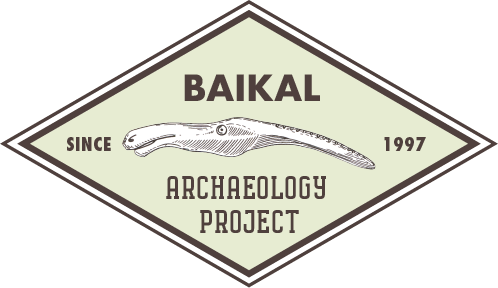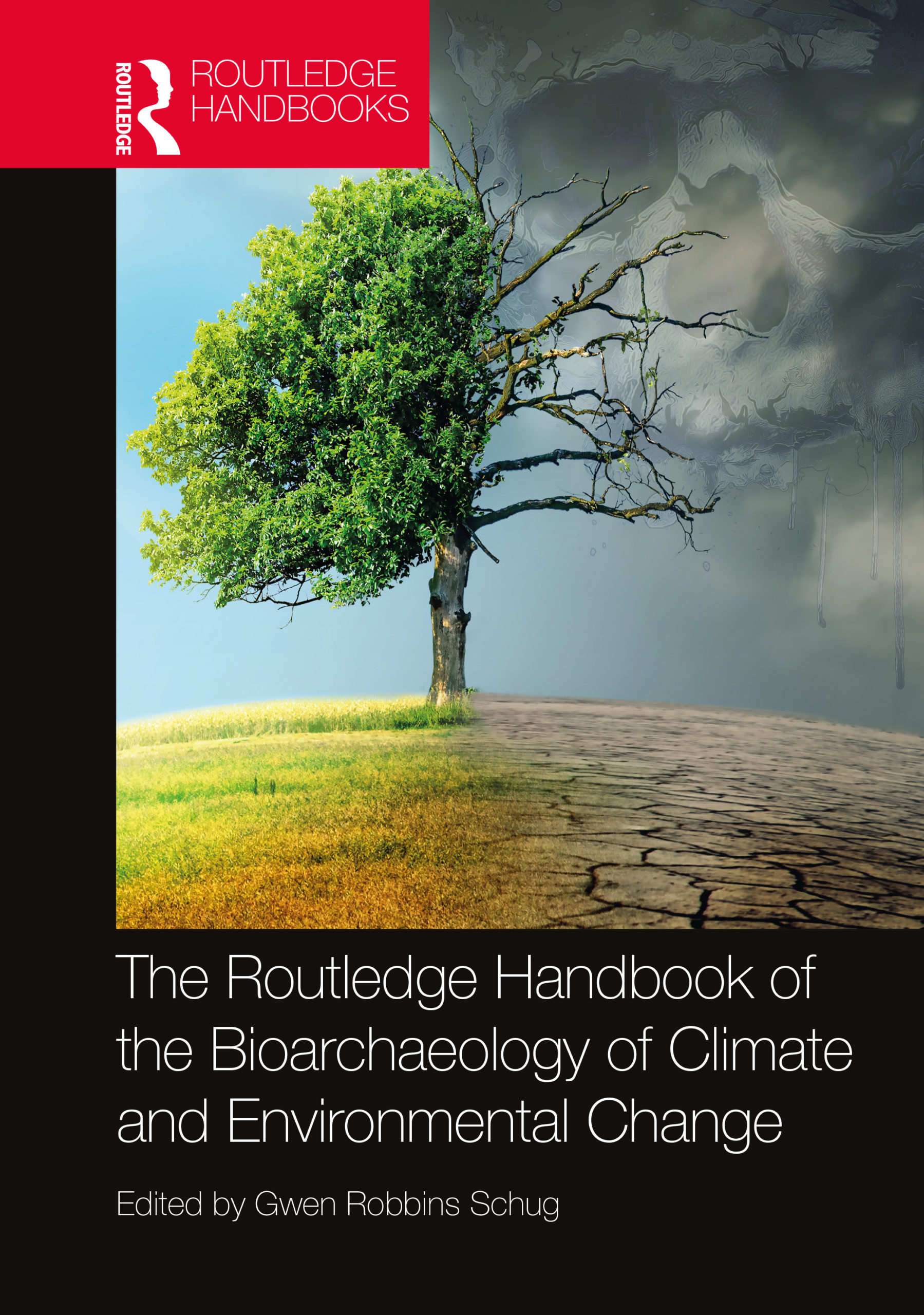Archaeological Research in Asia March 2021
Spatio-temporal patterns of cemetery use among Middle Holocene hunter-gatherers of Cis-Baikal, Eastern Siberia
Bronk Ramsey C, Schulting RJ, Bazaliiskii VI, Goriunova OI, Weber AW
Hunter-gatherer archaeology typically focusses on the details of subsistence strategies and material culture and, in the case of cemeteries, on various aspects of mortuary practices, beliefs, and social differentiation. This paper aims to look rather at patterns of change over time and space in how past hunter-gatherer cemeteries were used from Late Mesolithic to Early Bronze Age (~8600–3500 cal. BP) in the Cis-Baikal region of Eastern Siberia. The approach is based on a Kernel Density methodology applied to [...]






